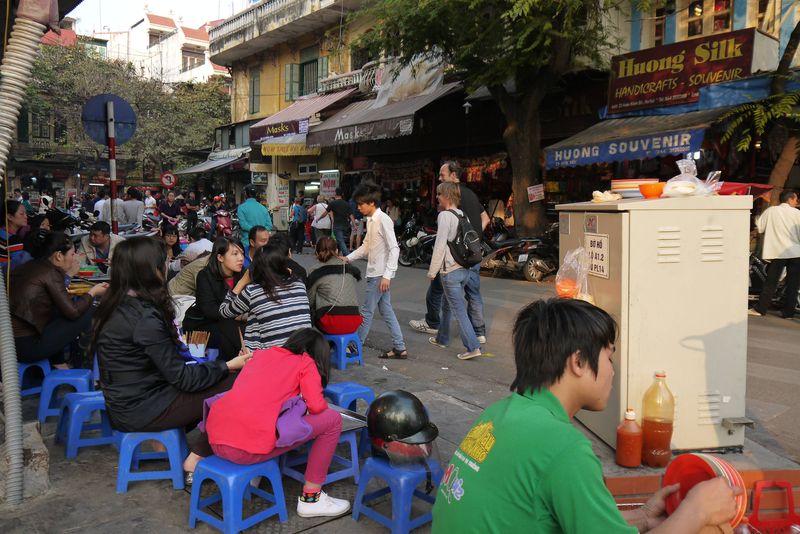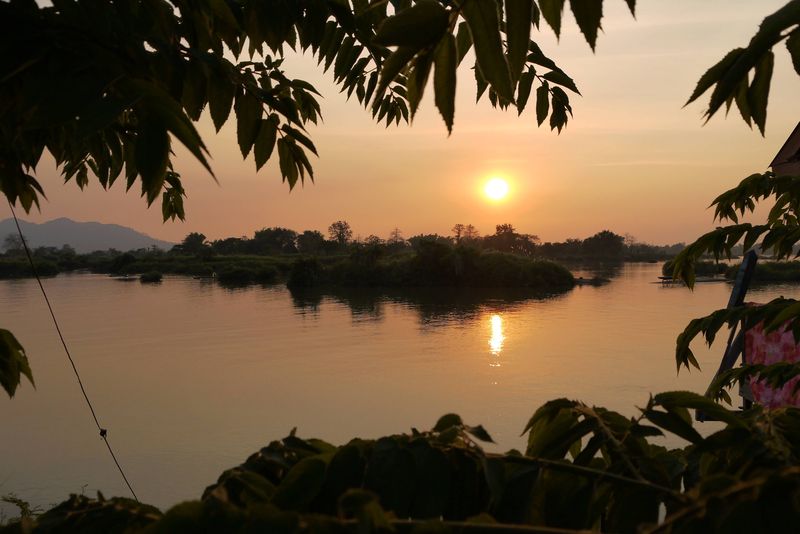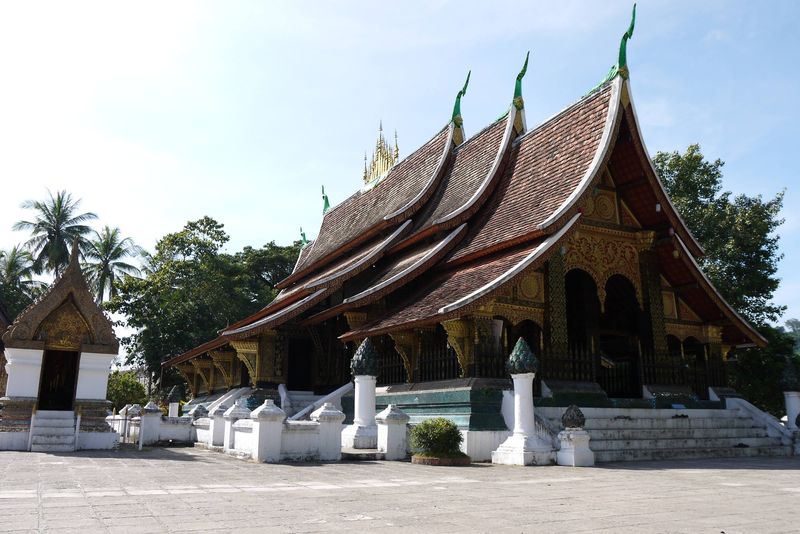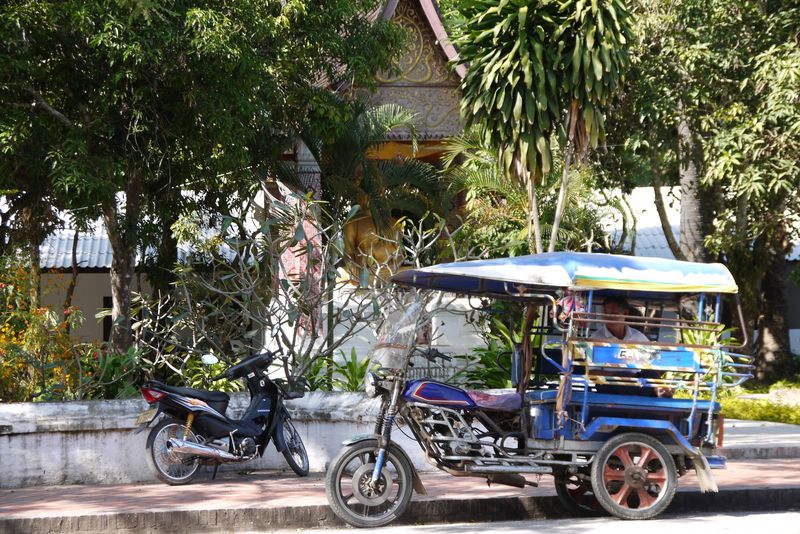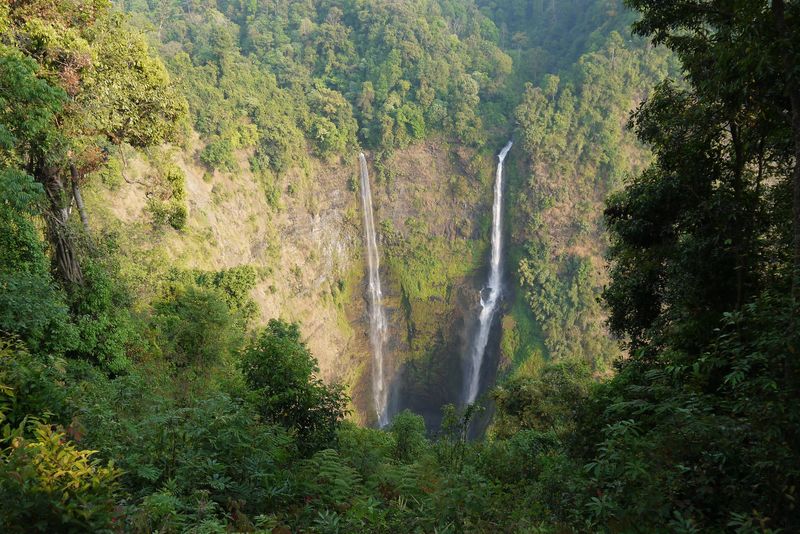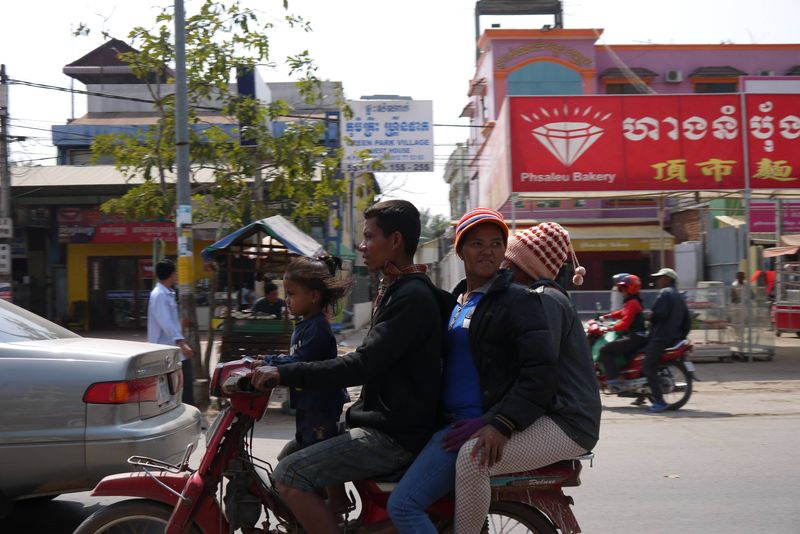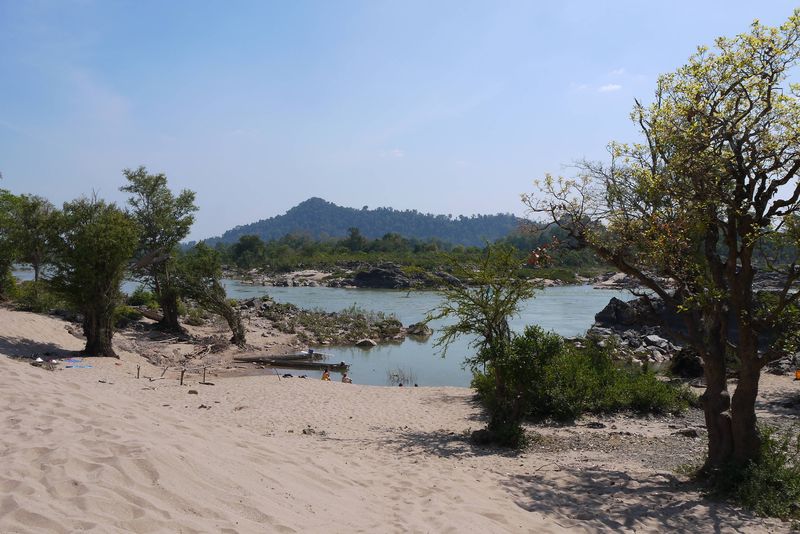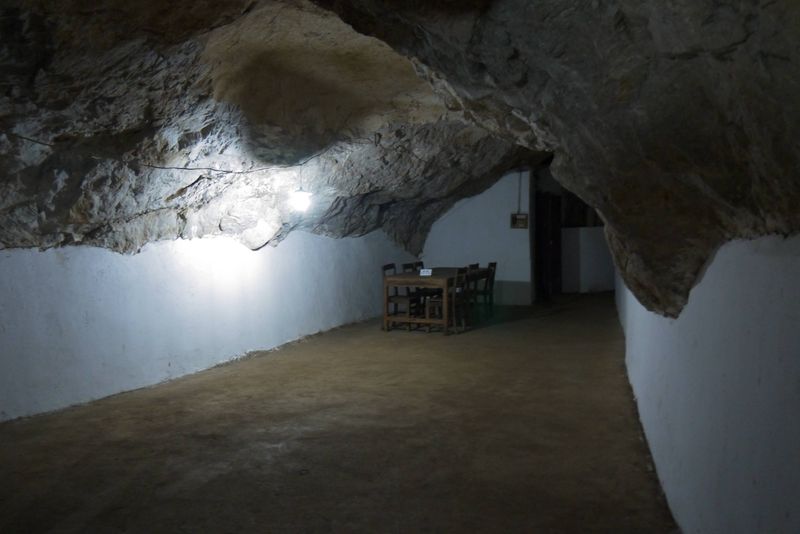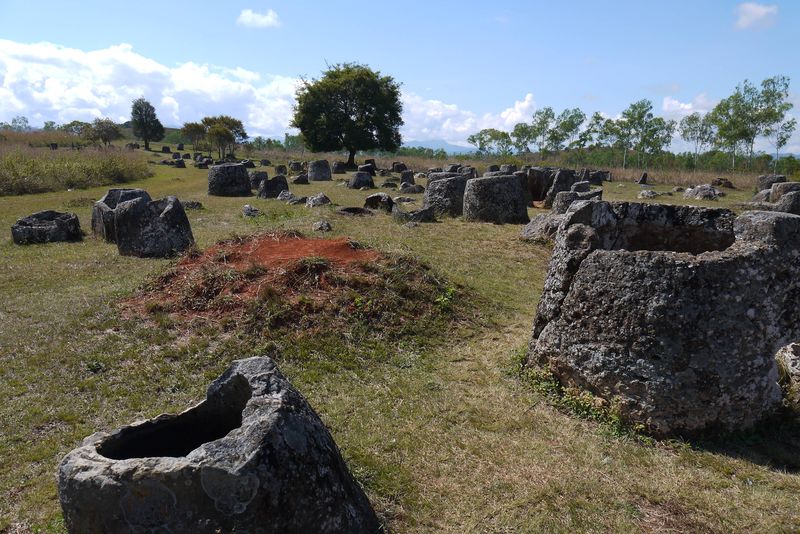We Heart Hanoi
We caught our first glimpses of Hanoi as we sped through the evening darkness towards our hotel. Immediately I was captivated by the city and its leafy streets stuffed with people, illuminated by street lamps connected by thick ribbons of tangled electrical wires. I watched the towering skyscrapers and colonial houses go by and longed to step into the inviting orange glow of the cafes and explore the snaking laneways. By the time we reached our hotel, Hanoi had already stolen a piece of my heart. Although we spent just six days in the city altogether, Hanoi was without a doubt one of our Vietnam highlights. 18 March, 2014 / 35 Comments





